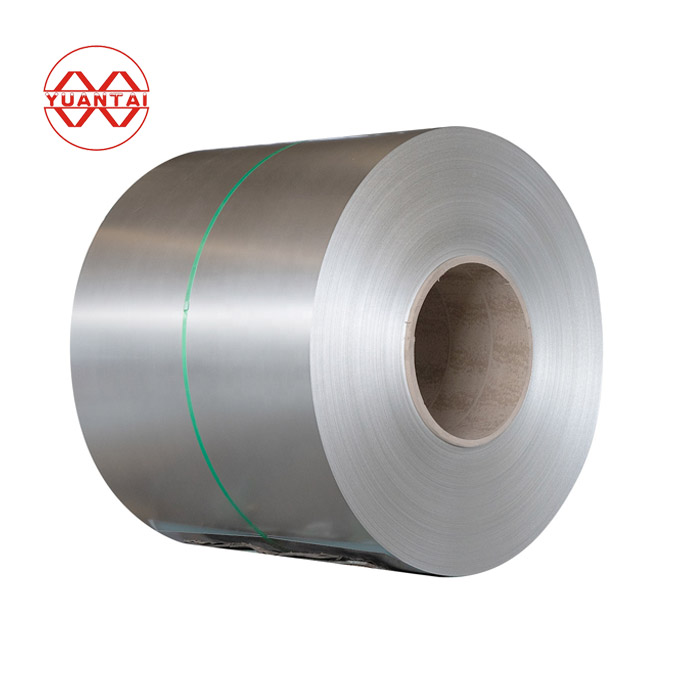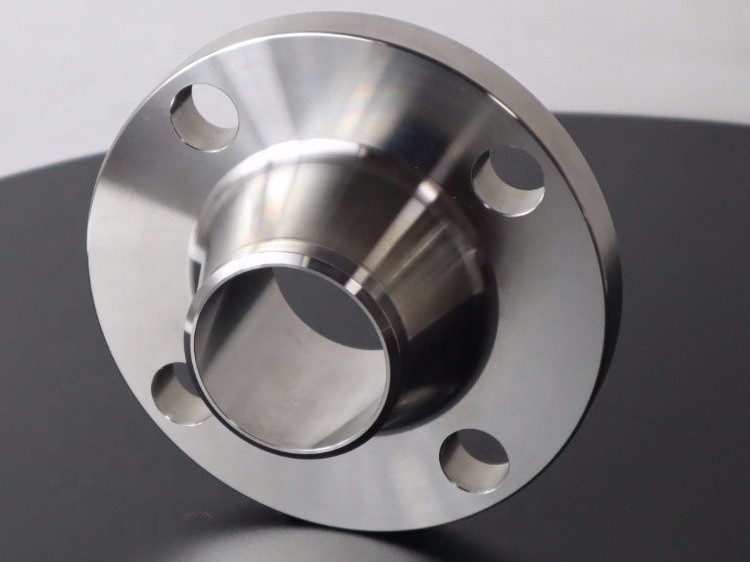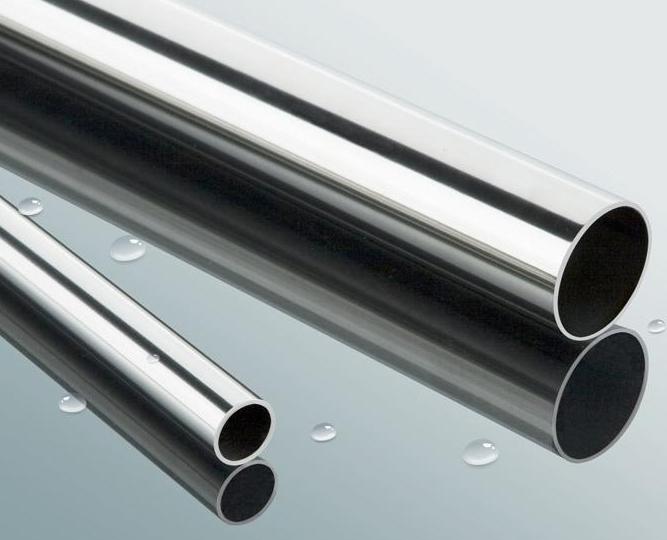Joining separate stainless steel pipes to form a complete piping system is an intricate task, but it can be achieved in a variety of ways. Typically, two methods are utilized: welding and mechanical joining techniques. Welding is the leading process when it comes to connecting pieces of stainless steel piping, however there are instances when alternatives such as flanging, grooving, threading, and soldering can be employed for certain purposes. Read on to explore the different types of stainless steel pipe joining strategies and their uses.
Steel Pipe Joining: Different Techniques Explored
For attaching stainless steel pipes, welding is the most common way to go. By using heat and pressure, two pieces fit together securely. Whether utilizing manual or automated welding methods is dependent upon the pipe wall thickness and intended use. Welding is a secure and trusted way of clinging to the pipes, however one needs the right tools and knowledge to get the job done correctly.
Fastening two pipes together can be easily achieved through flanging. This approach involves the insertion of a metal ring, known as a flange, between the pipes. The pipes are then firmly connected using screws and sealed with a specialized gasket. Flanging is frequently used for attaching dissimilar stainless steel pipes of distinct diameters or wall thicknesses.
When it comes to connecting two pipes, grooving is an ideal approach. It requires cutting a groove into each pipe and applying a sealant to make sure the connection is waterproof. Pipes made of stainless steel are the most suitable for this technique, as grooving enables a quick and dependable union. That said, specialized tools and expertise are needed for effective grooving.
To securely join two stainless steel pipes, a threading technique can be utilized. This entails cutting groves – for threading – into the pipes before then connecting them with a threaded connector. Despite being effective, it is imperative to realize that special tools and knowledge are required in order to properly carry out this procedure.
Joining two pipes together can be accomplished through a soldering process. By using heat to create an opening on the pipes, a solderer can then insert a solder type material in order to provide a watertight seal. This reliable technique works best for stainless steel pipes, however it does necessitate the use of specialized tools and experience.
Joining stainless steel pipes can be achieved in a number of ways, such as welding, flanging, grooving, threading, and soldering. Each approach is advantageous and disadvantageous in its own way, so when choosing the best method for a particular application, the wall thickness of the pipe also has to be taken into account. To ensure successful results, all aspects should be taken into consideration before deciding on a joint joining technique for your project.
When such demanding applications require it, stainless steel pipe joining is the go-to solution for establishing a lasting connection between two respective pieces of piping. This vital procedure can both join two stainless steel pipes detainingly and lend structural stability to pipes of different sizes and temperatures. Notable advantages of such a setup include that it makes a bond that won’t succumb to extreme pressures or temperatures.
Joining stainless steel pipes can be done in numerous ways, such as welding, soldering, and brazing – each with certain positive and negative aspects. It is important to select the correct technique depending on the project.
Joining stainless steel pipes is most commonly achieved using a welding technique, which secures them with a reliable link. This connection is produced by heating the area where the bits of pipe will be joined and then applying filler metal to the joint, like stainless steel or nickel. When the filler metal is melted it binds the two pieces of pipe together, thus forming a permanent seal. This method is typically adopted when larger pipes are being combined or in applications that call for a stronger bond.
Joining small pipes often requires the use of soldering: a process of heat application and flux-cored solder bonding that holds parts together. While this method may be less dependable than welding for plumbing, it can generally be a more economical solution.
When stainless steel pipes need to be connected on a large scale, brazing is the go-to method. The process of brazing requires the two pipes to be heated and then joined with a bronze-based filler metal. By melting and then bonding the two sections of pipe together, a strong union is brought into existence that can handle challenging conditions, such as extreme temperatures or intense pressures.
For a successful joint when using stainless steel pipe, preparation is key. This means making sure that the pipe has been wiped free of dirt and dust, and that the pieces to be joined have undergone correct sizing. Furthermore, prior to welding, soldering, or brazing, alignment of the joint demands attention.
Establishing a connection between two pieces of stainless steel pipe effectively requires careful selection and implementation of the right joining method, as well as meticulous preparation and alignment. With the right approach, the result will be a dependable, robust link between the pipes. Failure to adhere to the prescribed steps can lead to a weakened connection with potentially disastrous consequences.
Post time: 2023-07-23
Related Product

Stainless steel coil 316L 304 201 310S stainless steel cold rolled coil wiredrawing film
Thickness specification of stainless steel strip – table (full page length and width can be customized by zero cutting) 0.05mm 0.1mm 0.15mm 0.2mm 0.3mm 0.4mm 0.5mm 0.8 […]

Stainless Steel Capillary Pipe Tube
304 stainless steel capillary tube 316L precision seamless tube manufacturer of ultra small caliber thin-walled tube for medical instruments texture of material:304、316 Spec […]

Billet 420 round steel 3.0-300mm 420 stainless steel bar good straightness quenching and tempering treatment
Billet 420 round steel 3.0-300mm 420 stainless steel rod straightness is good Quenching and tempering treatment 2Cr13 stainless steel has high hardness and good corrosion resistanc […]

Stainless steel flange
Stainless steel flange Stainless steel flange is mainly used for pipe connection in pipeline engineering. INTRODUCTION Stainless steel flange is mainly used for pipe connect […]

Stainless steel grooved pipe Stainless steel special-shaped pipe
The stainless steel grooved pipe is a kind of stainless steel profiled pipe. The stainless steel profiled pipe is the general name of the steel pipes of other cross section […]

stainless steel Straight Tee
Stainless steel tees are pipe fittings and pipe connectors. It is used at the branch pipe of main pipe. Stainless steel tees can be divided into equal diameter tees and reducing te […]

Stainless steel square tube
Stainless steel 201 304 square tube, durable, stainless steel square tube for building decoration Stainless steel square tube is a kind of hollow long steel, because the sec […]

Stainless steel 90 ° elbow
In a piping system, an elbow is a fitting that changes the direction of a run. Product introduction The 90 ° stainless steel elbow is composed of fabric reinforced stainless steel […]

38BA clean pipe ss304 stainless steel pipe ferrule connection stainless steel pipe
Product name 3/8 “BA clean pipe ss304 stainless steel pipe ferrule connection biopharmaceutical fluid delivery Classification BA clean pipe/EP super clean pipe Product Desc […]
